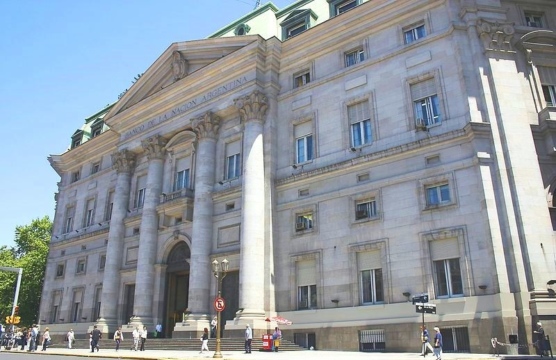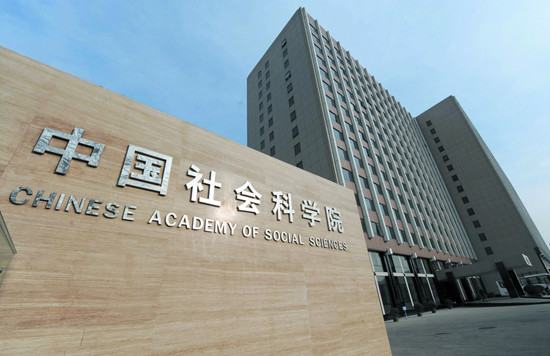What Is Driving Peru’s Relationship with China?
What is the state of Peru-China commercial ties today?
The following summary includes analysis by Margaret Myers featured on the Inter-American Development Bank’s Urbe & Orbe urban development blog. Click here to read the full article.
China’s ongoing urbanization has largely driven cross-regional trade with Latin America — the region’s raw materials fuel China’s large-scale infrastructure development. Beyond continued trade cooperation, however, is fertile ground for exchange on a wide variety of topics, including city management and best practices in municipal governance.
China is moving full speed ahead with newly-approved “people-centered” urbanization efforts. The success of these measures is largely dependent municipal leadership, however, adding a degree of uncertainty to the equation.
Latin America’s elected municipal officials are theoretically more responsive than Chinese officials to the interests of their constituents, and — by that logic — more likely to engage in the so-called “people-centered” urbanization to which China aspires. But democratic governance has also limited reform efforts. Latin American cities often struggle to develop to build and maintain broad social and political coalitions in pursuit of common goals. So while municipal overdevelopment threatens long-term stability in China, political stagnation limits critical reform efforts in Latin America.
China’s Urbanization and Local Level Incentive
What is the state of Peru-China commercial ties today?
The Fernández administration’s refusal to comply with a US court order to pay holdout hedge funds has once again landed Argentina in default.
Who in China is advising on energy engagement with Latin America?

